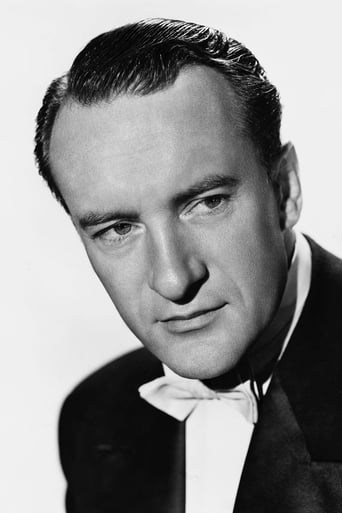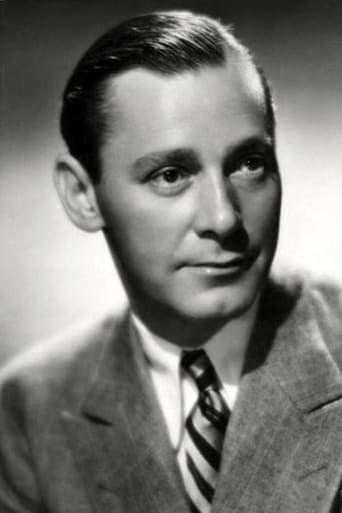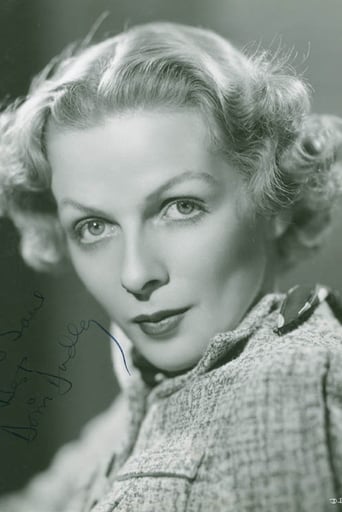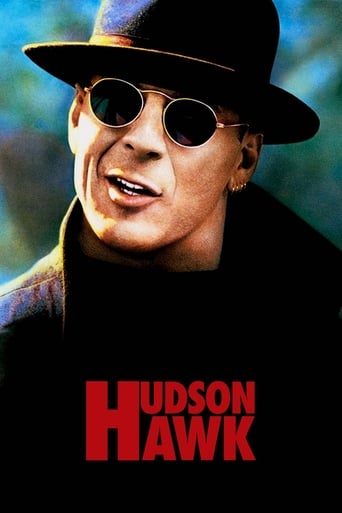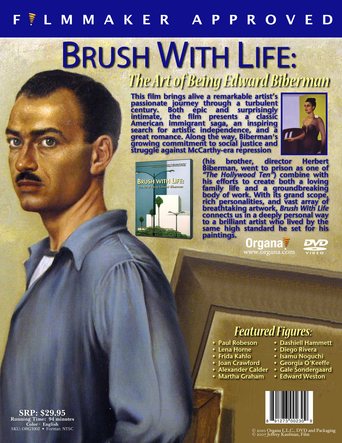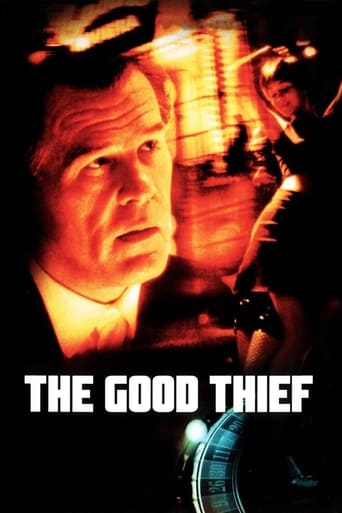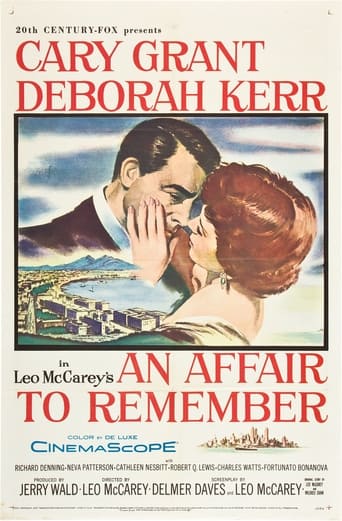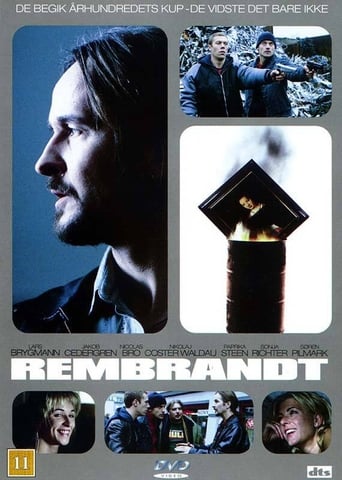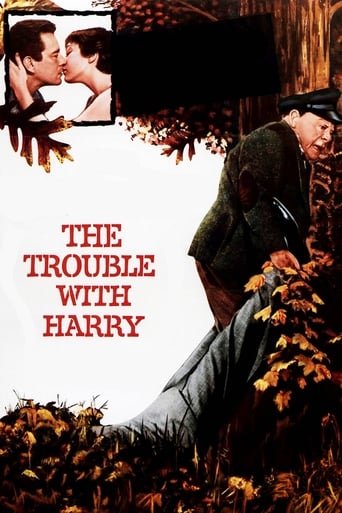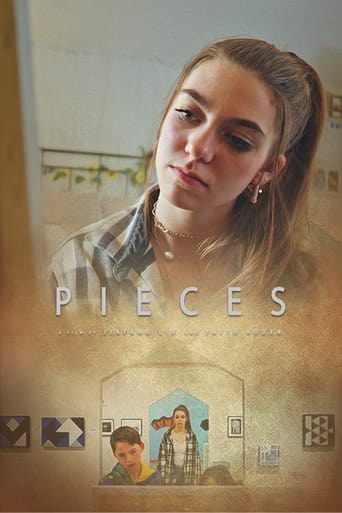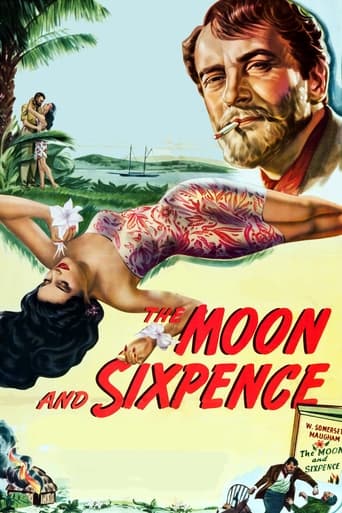
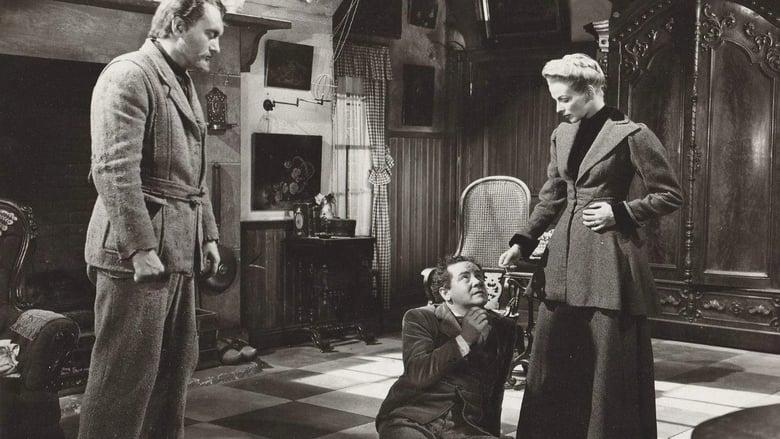
The Moon and Sixpence (1942)
Loosely inspired from Gauguin's life, the story of Charles Strickland, a middle-aged stockbrocker who abandons his middle-classed life, his family, his duties to start painting, what he has always wanted to do. He is from now on a awful human being, wholly devoted to his ideal: beauty.
Watch Trailer
Cast
Similar titles
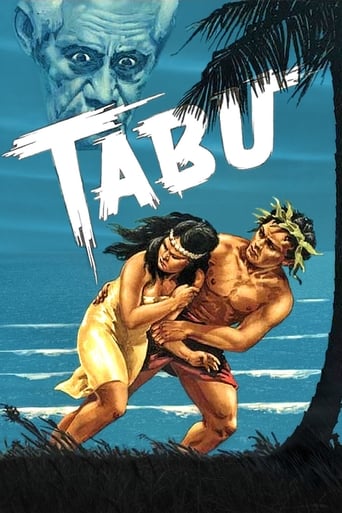
Reviews
Don't listen to the negative reviews
Absolutely Fantastic
A terrific literary drama and character piece that shows how the process of creating art can be seen differently by those doing it and those looking at it from the outside.
It is neither dumb nor smart enough to be fun, and spends way too much time with its boring human characters.
Somerset Maughn always seemed to have as his trademark the idea of bitter, mean people who don't care who they hurt. We saw this in Mildred, as the cocktail waitress, in "Of Human Bondage," and her male counterpart could be George Sanders in this film.Narrated by Herbert Marshall, who also co-stars, it details the life of a stockbroker who gives everything up to paint. After a while, his wife becomes indifferent after he leaves her and their children.Another theme of Maughan is played out here when again we see kindness paid by cruelty and ultimate tragedy.As a Tahitian matchmaker, Florence Bates looked absolutely ridiculous here.This is the ultimate story of an indifferent man finding ultimate happiness after causing misery to so many, then only to find tragedy ending that happiness.
George Sanders stars in "The Moon and Sixpence," a 1942 film also starring Herbert Marshall, Doris Dudley, Eric Blore, Steven Geray, and Albert Basserman. Loosely based on the life of Gauguin, the screenplay by Albert Lewin is based on the book by Somerset Maugham.As in the later "The Razor's Edge," Maugham, here also played by Herbert Marshall, serves as narrator for most of the film. Sanders is the unpleasant, self-involved Charles Strickland, a stock broker who deserts his family and leaves London to go to Paris and become a painter. There he meets Dirk Stroeve (Geray), who becomes a friend. When Strickland becomes ill, Stroeve over the strong objections of his wife Blanche (Dudley) moves Strickland to their home to nurse him back to health. Stroeve then gets the impression that his wife is in love with Srrickland, and that Strickland has no intention of leaving. So he throws him out. His wife says that she's leaving with him. Stroeve leaves instead.Strickland eventually tires of Blanche and then leaves for Tahiti. There he continues to paint and even falls in love with a native girl, Ata (Elena Verdugo). There Dr. Coutras (Bassermann) picks up the narration.As the unapologetic user obsessed with his work, George Sanders is excellent. Like many in the studio system, he was typecast into playing one type of role, but he was capable of so much more. Another revelation in this film is Eric Blore, who was always typecast as a butler. Here he is a different kind of character and is absolutely wonderful. Herbert Marshall does not register much in what is basically a thankless role - he had more to do in The Razor's Edge.Good movie. If this and Lust for Life are any indication, Gauguin, even if this character just hints at him, was a most unpleasant character.
A creator of such intellect as Albert Lewin, the director/adapter of The Moon & Sixpence, rarely had the opportunity in classic period Hollywood to showcase such a unique talent as he had and we are fortunate to have had him. There were only a handful like him that beat the odds and actually were allowed to produce true art instead of common trash -- Sternberg, Ulmer, Sturges come to mind -- and in many ways Lewin stood apart because he worked the system without challenging the former tailors and junk dealers that ran Hollywood. He made a quartet of films that express his unique style magnificently. These are, in order: The Moon & Sixpence, The Picture of Dorian Gray, The Private Affairs of Bel Ami and Pandora And The Flying Dutchman. The common threads are stateliness, pacing and intelligence, with literate dialogue that has a sophistication that belies the commercialism of the time. His lead of choice was George Sanders, who was perfectly cast in the first three titles as a symbol of an age. The Moon and Sixpence is the first of this quartet and showcases what a small budget but superior talent can create. Each film was an improvement on its predecessor, and I recommend that those out there interested in stylized film follow Lewin's work chronologically to observe the course of aesthetic refinement, beginning with The Moon & Sixpence.
As far as I know, this is George Sanders first starring movie and it hits a home run. It is based loosely on Paul Gauguin's life. Mr. Sanders is superb and is backed by a terrific supporting cast. Too bad Mr. Sanders wasn't given the chance to star in better movies. The only other good movie that he starred in was "Village of the Damned", a very scary science fiction movie. .
